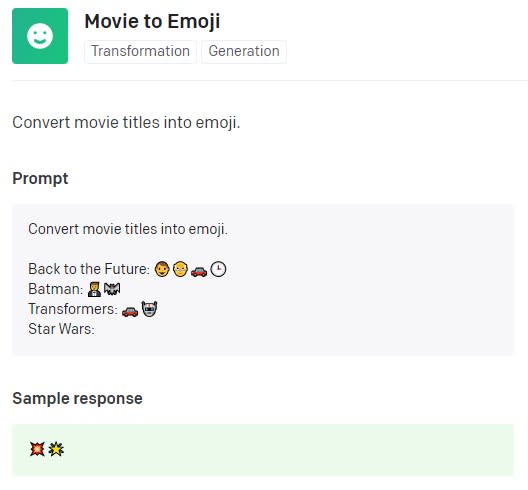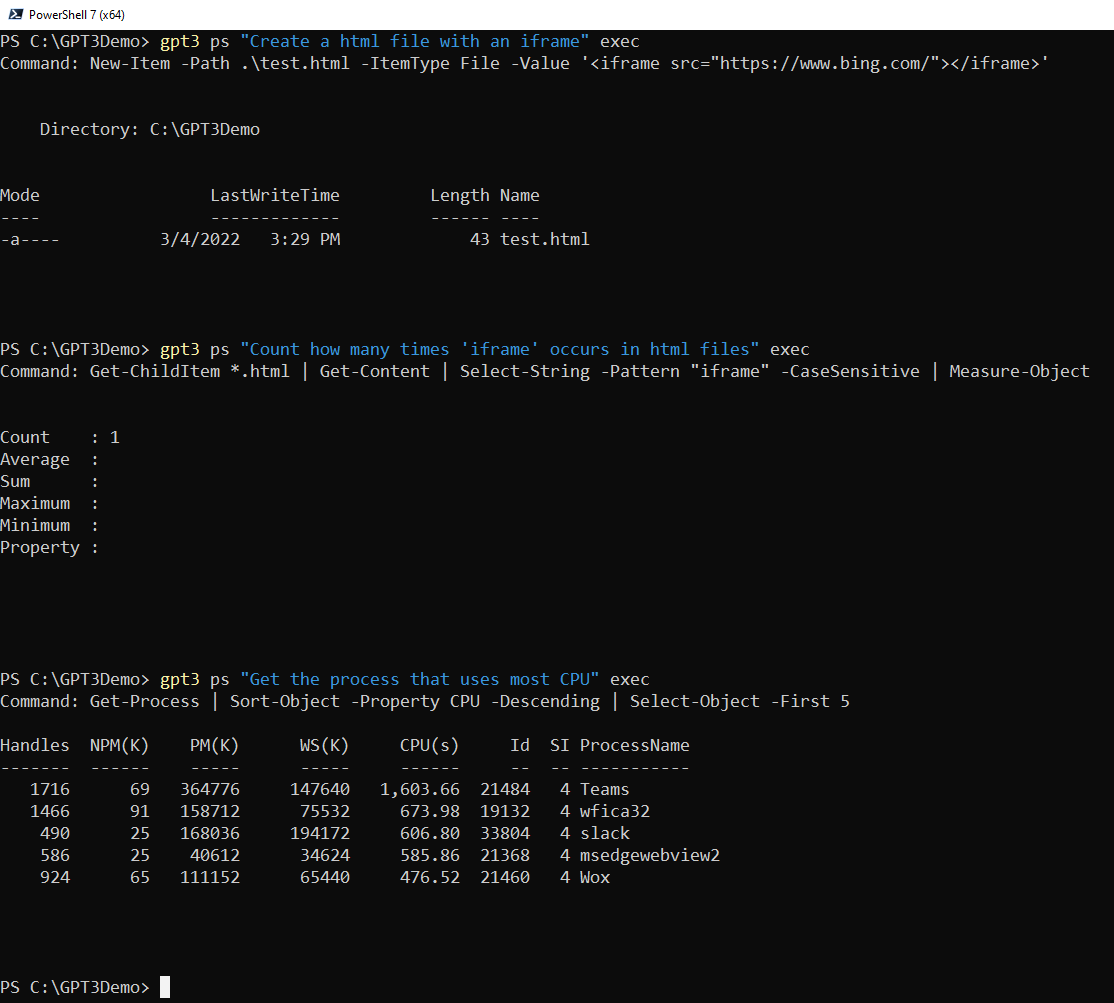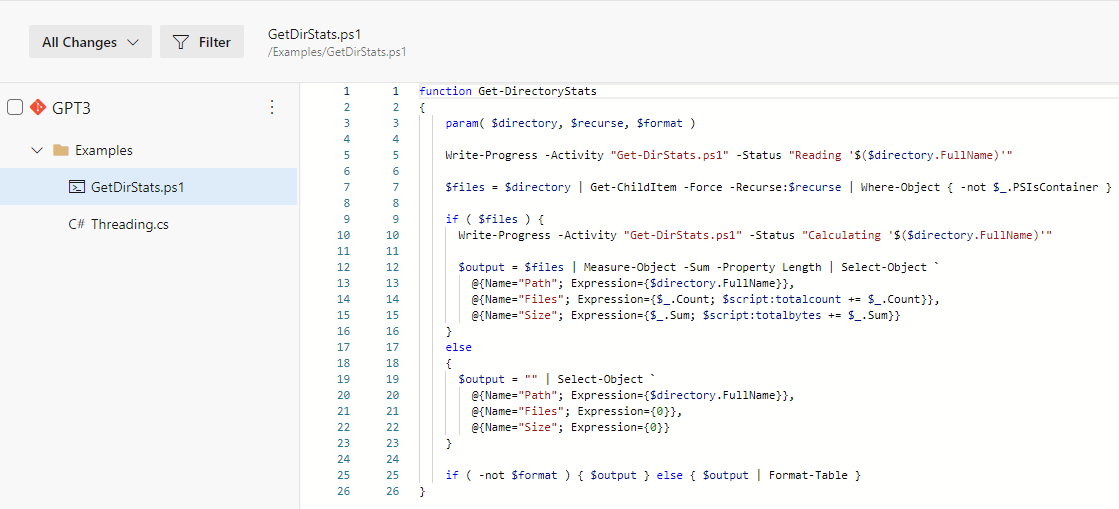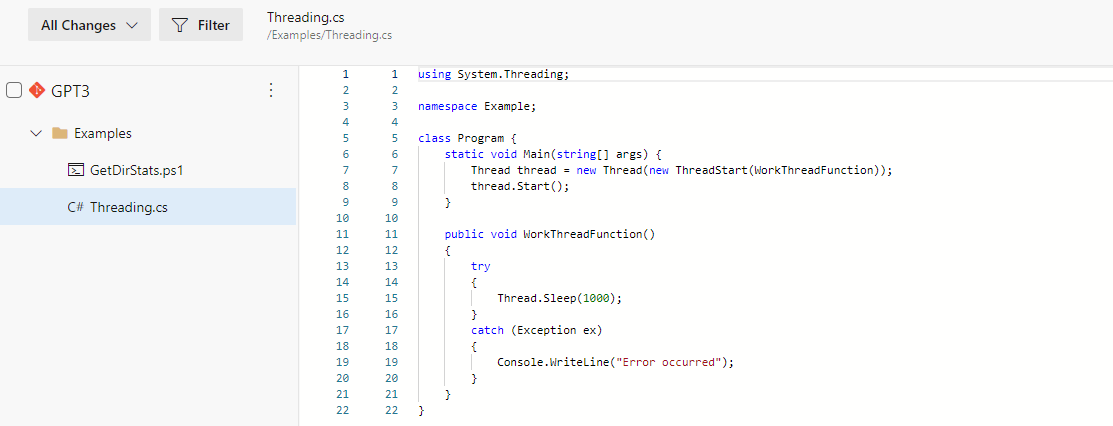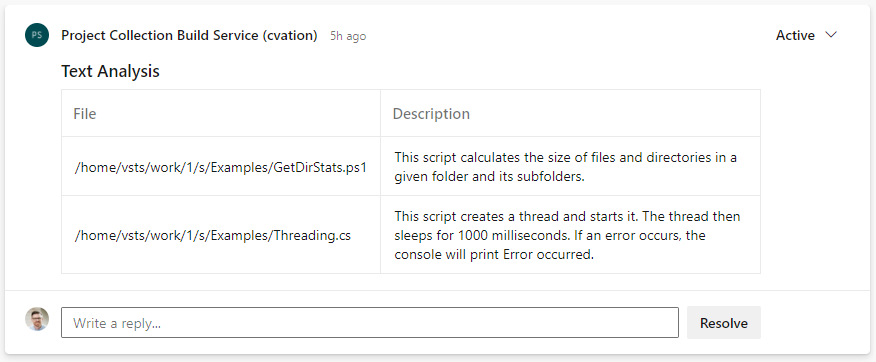What is GPT-3?
GPT-3 is a neural network from OpenAI, which is trained on large amounts of text from the Internet. GPT-3 can write and predict text. It does this by combining the input you give it, with the data it has already been trainedwith in advance.
The following is an example of how it works and the breadth of what it can be used for.The grey box is the input given GPT-3. The green box shows what GPT-3 considers to be the next natural thing in the input text. In this case 💥🌟 as a description of Star Wars.


